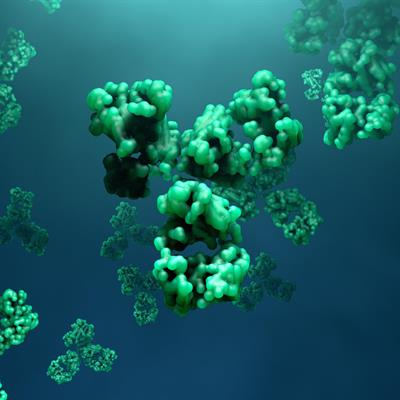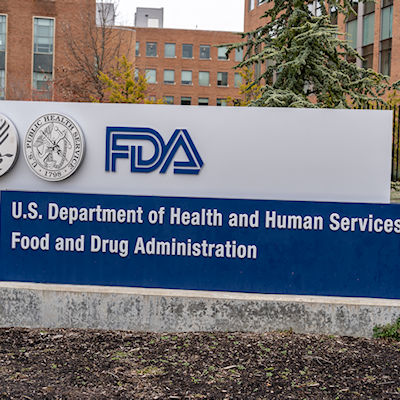January 23, 2023 -- Chinese researchers and their collaborators have developed an artificial neural network (ANN) model that can help predict metabolic bone disease (MBD) in infants in both the prenatal and postnatal periods. The study, published on January 23 in JAMA Network Open, sought to detect the pivotal factors associated with MBD in each period.
MBD is a disorder characterized by hypophosphatemia, hyperphosphatemia, and skeletal demineralization and is commonly observed in preterm infants deprived of fetal mineral accumulation. MBD is related to birth weight, ranging from 16% to 40% in very low birth weight infants.
MBD may be due to prenatal and postnatal factors that cause disturbances in calcium and phosphorus metabolism, including maternal nutrient availability, placental insufficiency, drugs that induce bone resorption, parenteral nutrition, and neonatal disorders.
The disease can result in osteopenia, osteoporosis, rickets, fractures, long bone growth impairment, delayed development, and increased chronic disease susceptibility in adulthood – emphasizing the importance of an appropriate MBD screening tool for infants at risk. However, the late onset of clinical symptoms and lack of biochemical markers has made early MBD recognition challenging.
The research team led by Honglin Jiang, PhD, conducted a diagnostic study of 10,801 pregnant Chinese women (singleton pregnancy) that were followed until one month after childbirth along with their infants from January 1, 2012, to December 31, 2021, in Shanghai. An ANN framework was used to build five predictive models with different exposures from prenatal to postnatal periods.
Model performance was reported by approaches of discrimination, calibration, and reclassification. The area under the receiver operating characteristic curve (AUC), accuracy, sensitivity, specificity, positive predictive value, and negative predictive value were calculated. The model with the highest AUC was considered to have the best discriminative ability.
The mean age of the participants was 29.7 and 7,104 (65.8%) were local residents; 1,001 (9.3%) had uterine scarring; and 138 (1.3%) gave birth to an infant with MBD. Among the five ANN models, model 1 (significant prenatal and postnatal factors) showed the highest AUC (0.981), followed by model 5 (postnatal factors; AUC 0.977); model 4 (all prenatal factors; AUC 0.850); model 3 (gestational complications or comorbidities and medication use; AUC 0.808); and model 2 (maternal nutritional conditions; AUC 0.647).
Birth weight, maternal age at pregnancy, and neonatal disorders -- including anemia, respiratory distress syndrome, and septicemia -- were the most important model 1 characteristics for predicting infants at risk of MBD. Among these characteristics, extremely low birth weight (importance 50.5%) was the most powerful factor. The use of magnesium sulfate during pregnancy (model 4: importance 21.2%) was the most significant prenatal MBD risk predictor.
Among the five artificial neural network models, those including significant prenatal and postnatal factors and postnatal factors alone had the best ability to predict high-risk infants. The researchers concluded that the ANN is a simple and efficient tool to identify neonates at risk of MBD and could effectively help with preventive efforts.
Copyright © 2023 scienceboard.net








